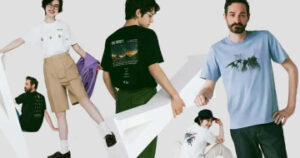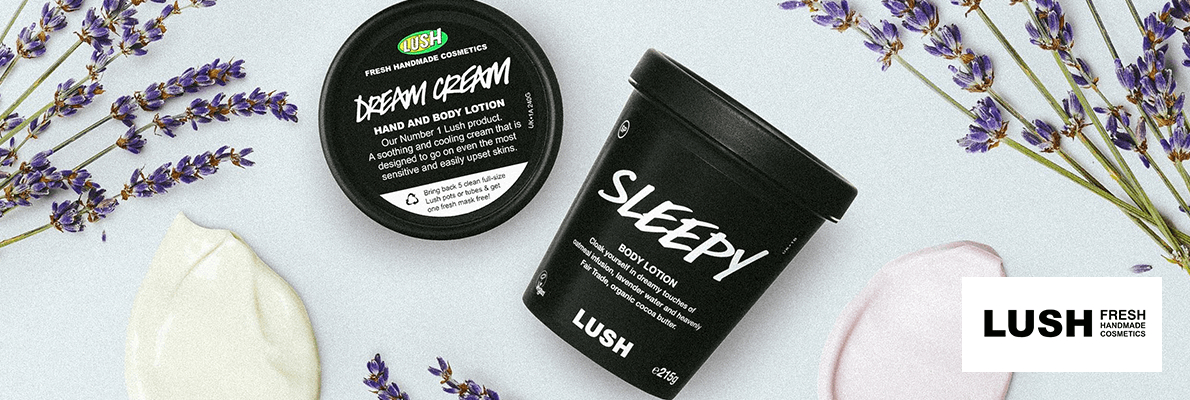Should we be looking at plastic barriers the way we look at face shields?
Our brooding fear of contracting the coronavirus has led us to explore a wide selection of precautions that stood at every point of the spectrum of reason. Some, like the use of face shields, didn’t make much sense to wear, while others, like those plastic barriers, stuck around, dividing jeepneys passengers like they were fruits in the grocery and forcing people at the dining table to look at their date through a distorted plexiglass pane.

Initially, it sounded like a viable solution. If the virus is airborne, then putting up a plastic barrier should slow its spread. But recent scientific studies show that our faith in these barriers might be unfounded — and worse, they might even help, not hinder, the transmission of the deadly virus.
According to a report by The New York Times, these rows of thick plastic panes inside restaurants, offices, and public transportation may be creating what is called “dead zones.” These are where viral aerosol particles can mount and become highly concentrated due to plastic barriers impeding and “funneling” the natural ventilation inside a closed room.
Depending on several factors such as the size of a room, the ventilation system, and the number of people inside, the particles we exhale circulate with the fresh air outside the room roughly every 15 to 30 minutes. However, with plastic barriers, the replacement might take longer.
“If you have a forest of barriers in a classroom, it’s going to interfere with proper ventilation of that room,” said Linsey Marr, a civil and environmental engineering professor at Virginia Tech and one of the leading experts on viral transmission. “Everybody’s aerosols are going to be trapped and stuck there and building up, and they will end up spreading beyond your own desk.”
To be fair, the popular logic still rings true: plastic barriers do help shield us from the other person’s unwarranted sneezes and spit splatters. But those are big droplets, and we’ve already discovered that the COVID-19 can travel through the air as invisible particles.
Also, having these panes positioned right in front of us only redirects those big droplets to the person next to us in a sort of dangerous domino effect.

To prove this notion, British researchers conducted modeling studies to simulate the effects of various activities between two people separated by a barrier.
True enough, the shield can do its task against bigger droplets, such as those ejected from a cough or sneeze, but cannot trap smaller particles cast out when both persons converse. As a result, these small particles just float around and “become mixed in the room air within five minutes.”
It is, however, worth noting that these are through no fault of the mechanism itself. In some scenarios, like a bus driver completely sealed off by a ceiling-to-floor barrier or government windows where conversations occur through two-way audio systems. The issue primarily lies in policy implementation, where putting up these barriers have resulted in a false sense of security and dependency among people.
But chief implementers shouldn’t channel their energy as much into erecting these barriers the correct way as they should into ensuring enough vaccine supplies and encouraging people to take their jab.
Art Daniella Sison






















